- Messages
- 17,712
- Location
- Maryland
buler said:Nicely done RLK and Dinerman! :eusa_clap
B
:eusa_clap :eusa_clap :eusa_clap :eusa_clap :eusa_clap :eusa_clap
buler said:Nicely done RLK and Dinerman! :eusa_clap
B
:arated:buler said:Nicely done RLK and Dinerman! :eusa_clap
B

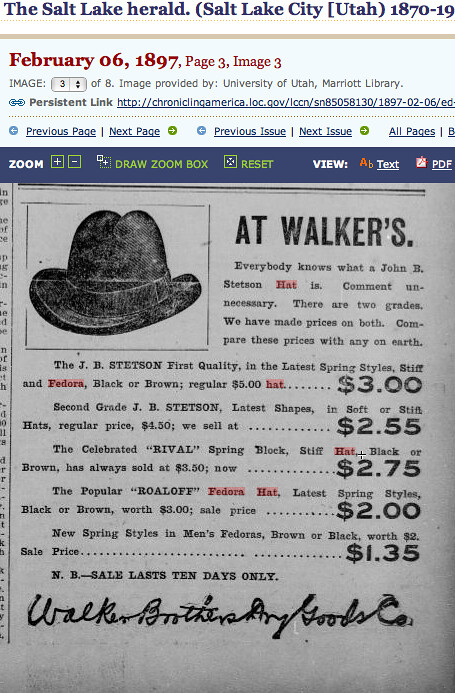

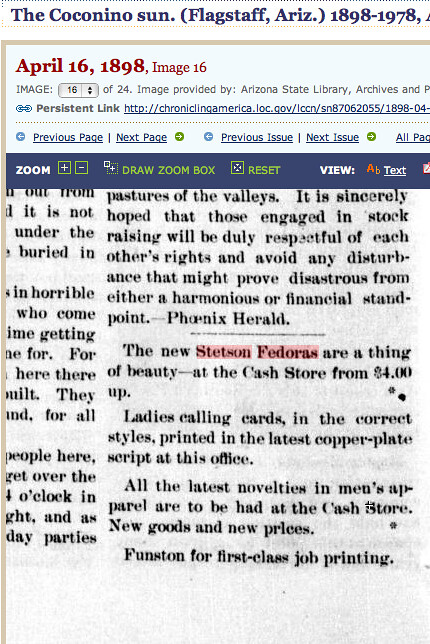
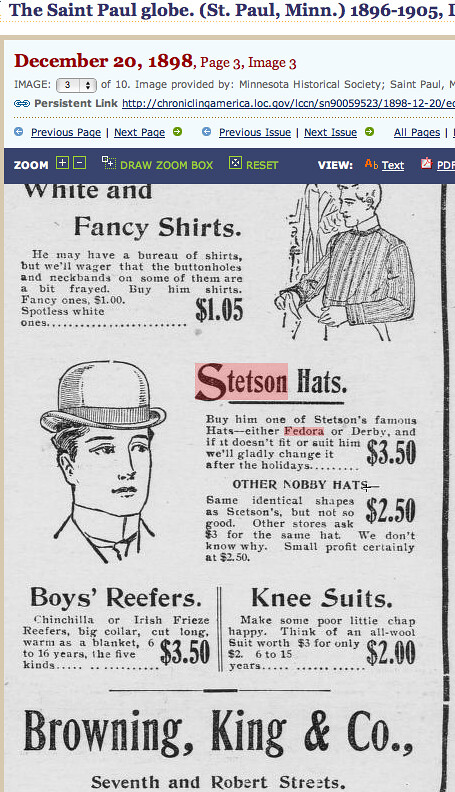


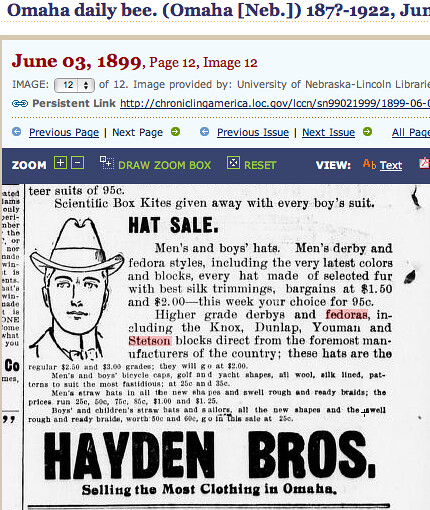
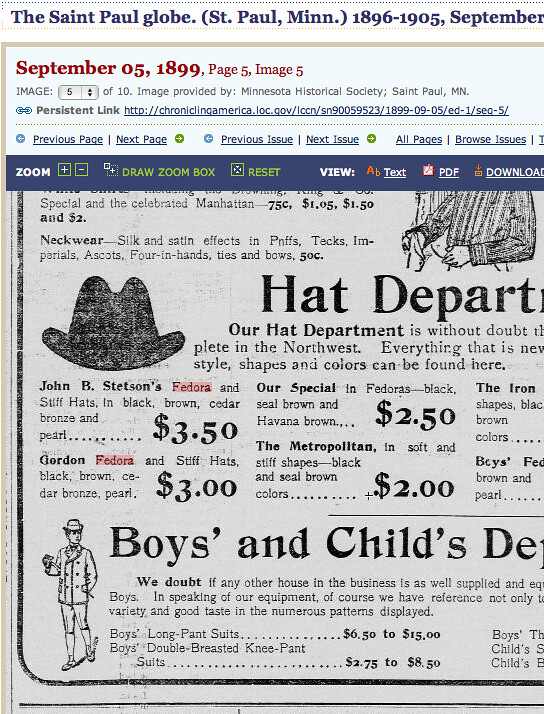
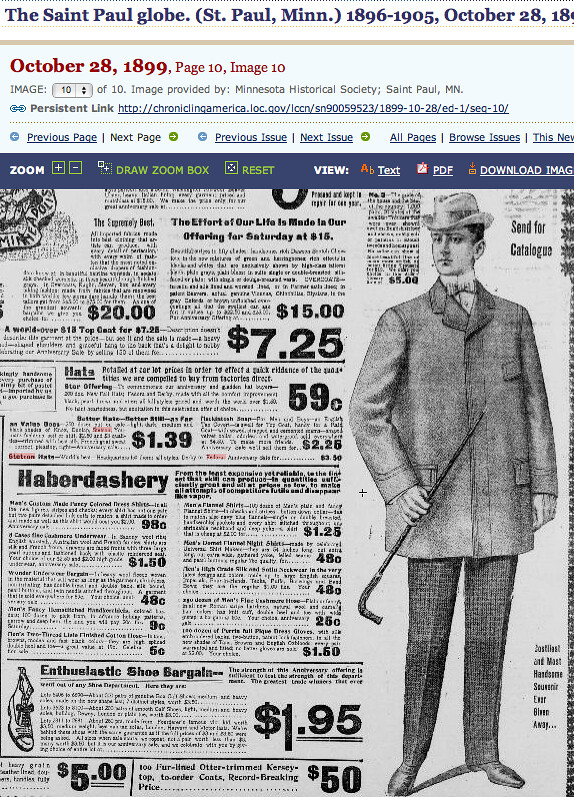
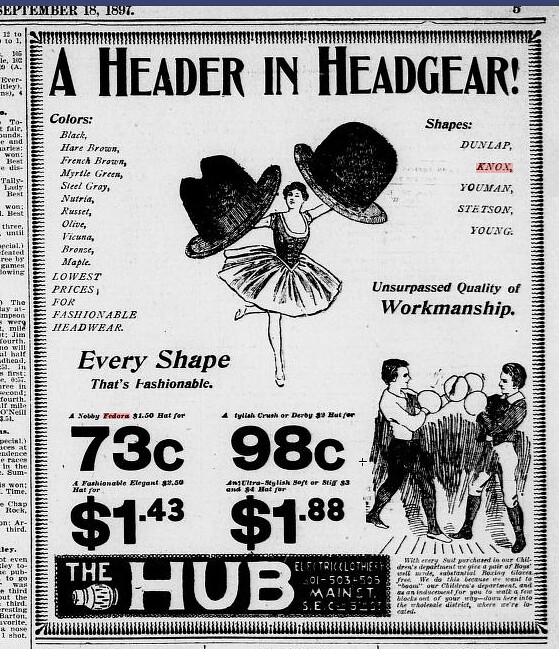
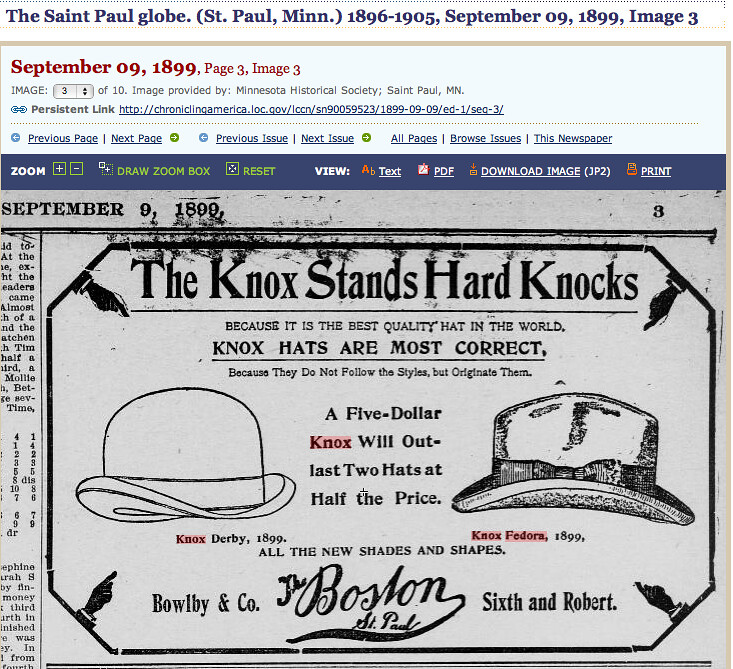
rlk said:
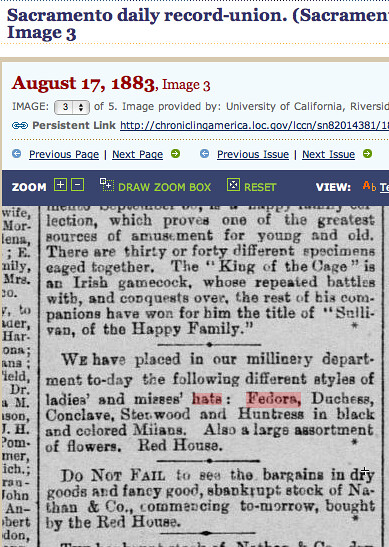
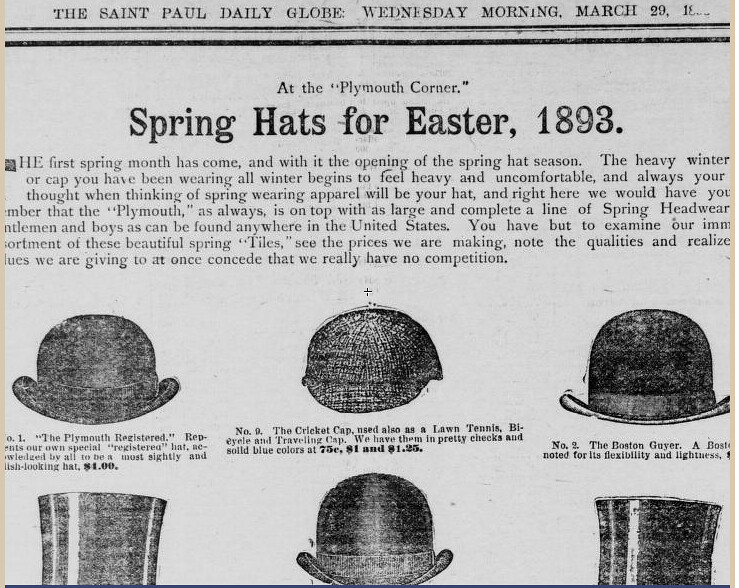
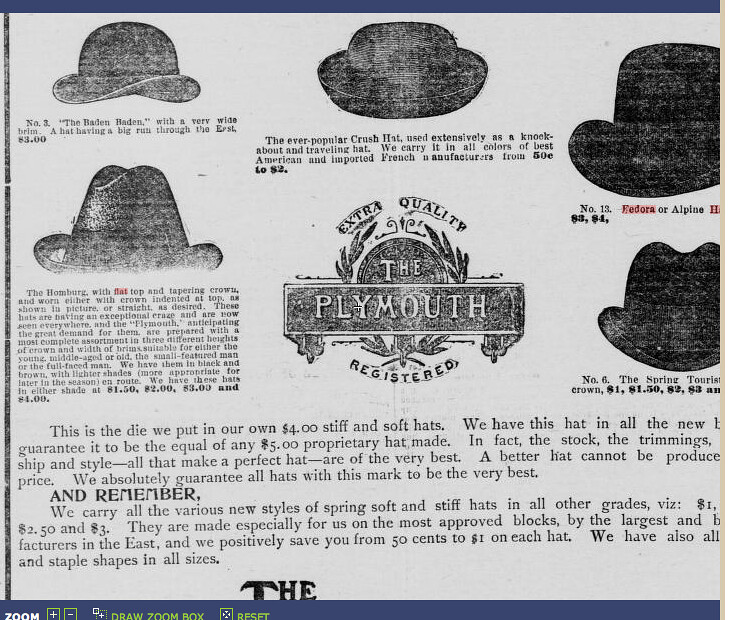
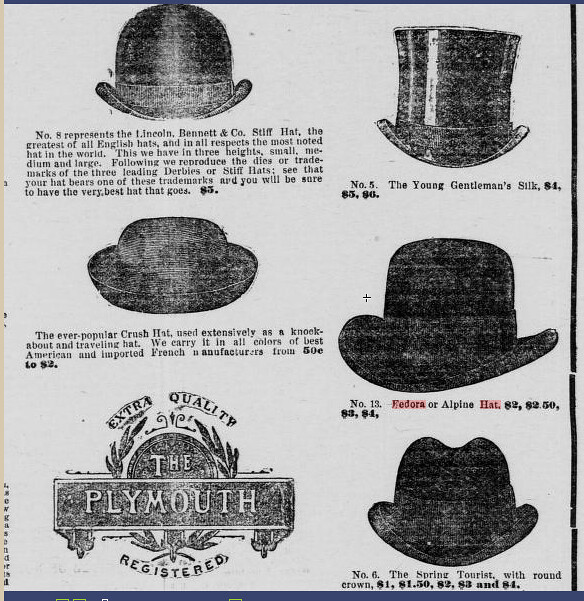
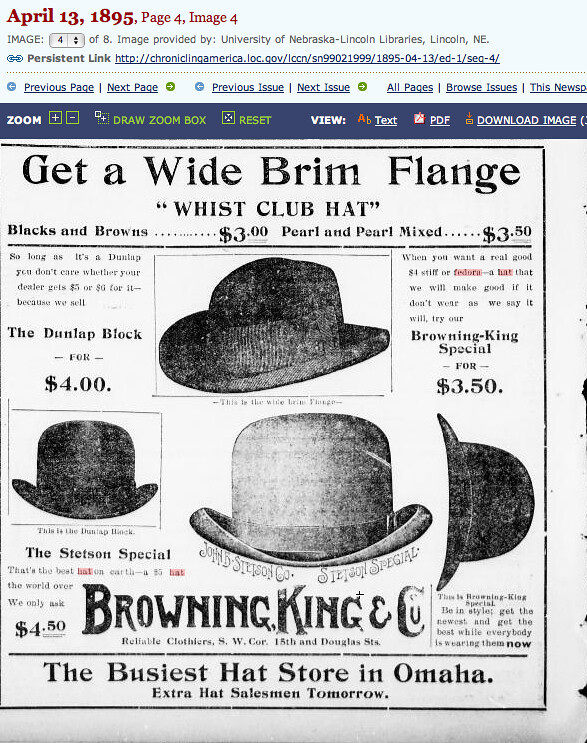
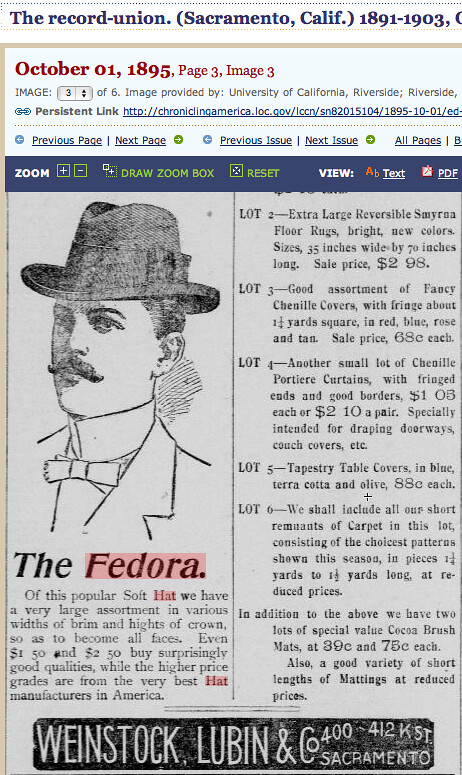
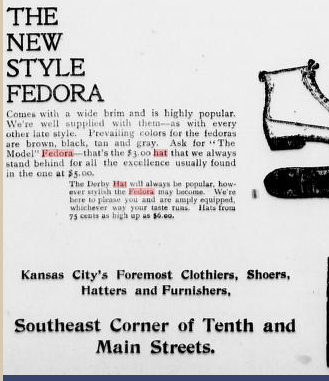
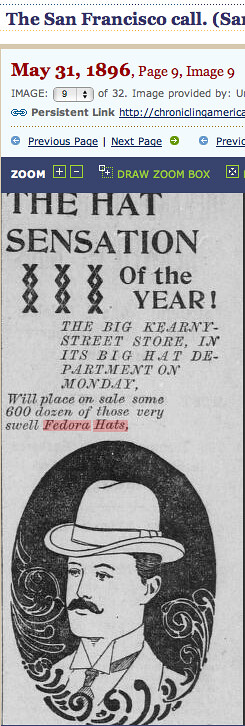
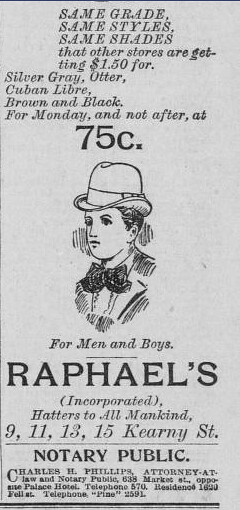
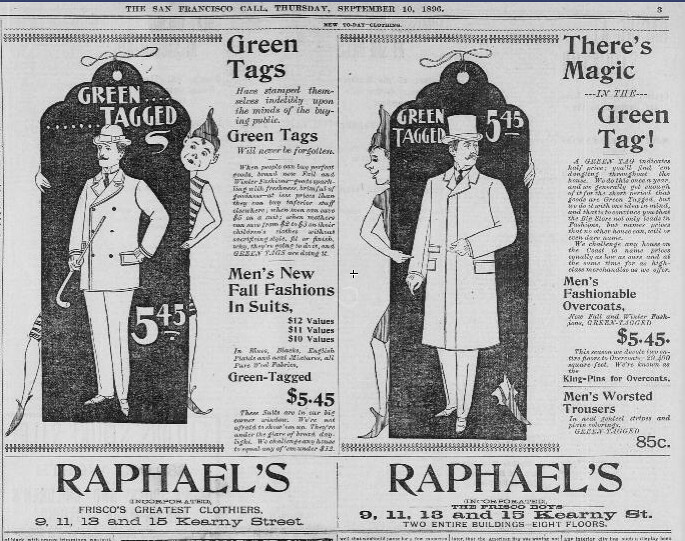
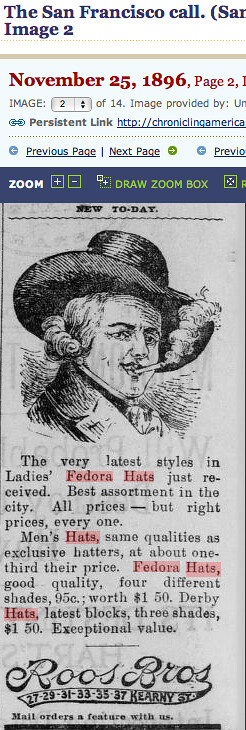
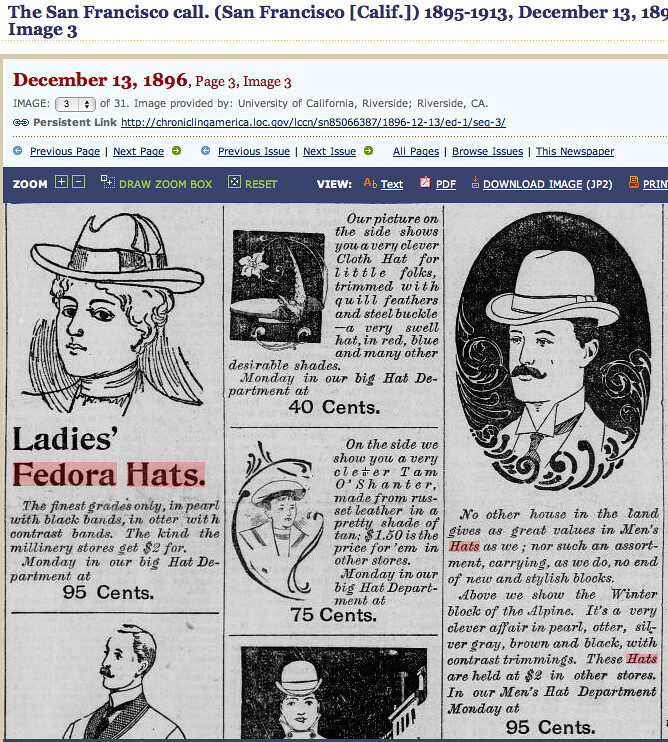
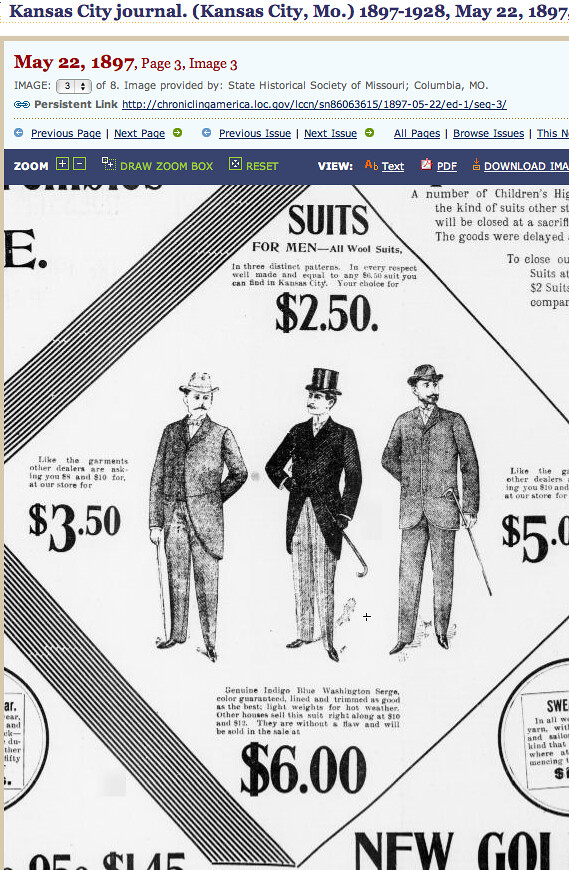
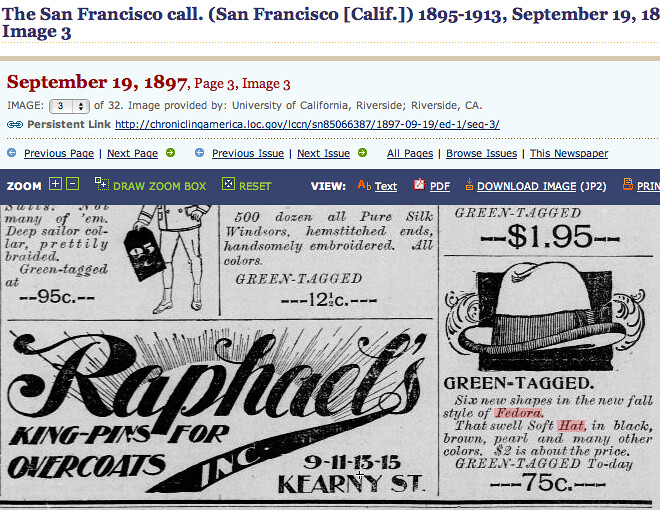


rlk said:
Homburg in detail, Fedora/Alpine
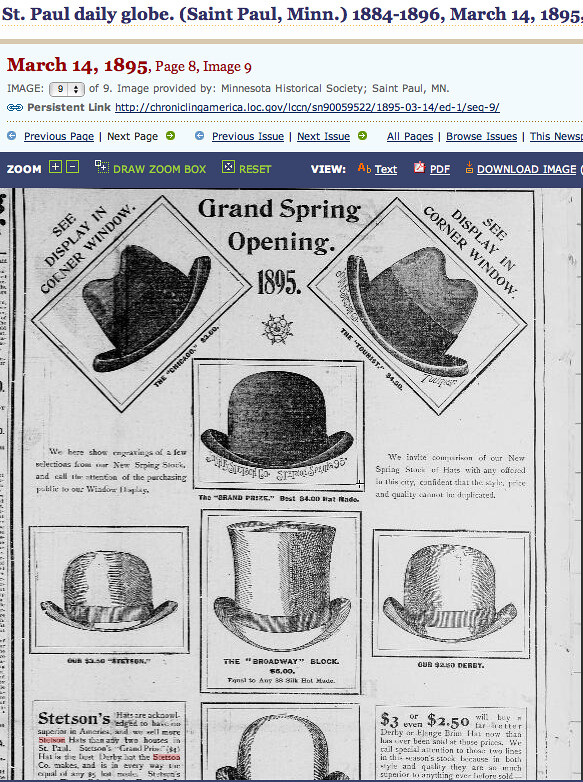
 John Lofgren Monkey Boots Shinki Horsebuttt - $1,136 The classic monkey boot silhouette in an incredibly rich Shinki russet horse leather.
John Lofgren Monkey Boots Shinki Horsebuttt - $1,136 The classic monkey boot silhouette in an incredibly rich Shinki russet horse leather.  Grant Stone Diesel Boot Dark Olive Chromexcel - $395 Goodyear welted, Horween Chromexcel, classic good looks.
Grant Stone Diesel Boot Dark Olive Chromexcel - $395 Goodyear welted, Horween Chromexcel, classic good looks.  Schott 568 Vandals Jacket - $1,250 The classic Perfecto motorcycle jacket, in a very special limited-edition Schott double rider style.
Schott 568 Vandals Jacket - $1,250 The classic Perfecto motorcycle jacket, in a very special limited-edition Schott double rider style. Woodfluter said:5. Based on the one ad only, the 1890's idea of "Homburg" had a flat-top tapered crown, always center dented but might have side dents too. So the tapering was a distinguishing factor from "fedoras"? Yes, I see tapering on the latter when viewed from the side, but they're dented in - my two Homburgs look exactly like this if I dent them. So if I'm not totally wrong...new question opens as to when "fedora" became a soft hat with un-curled crown (flanged or not) and "Homburg" became the fedora of the 1890's.


Someone might make money by writing a short volume or chapter for a volume on "Hat Taxonomy." I'll bet that hasn't been done since the 40s.rlk said:I would observe that we have a few different hat styles with the common center dent and flanged brim all being marketed with the trendy new name.
1.The "Homburg" style with its Central European roots had a bit taller and more tapered crown and was truly a soft hat.
2. A second current would be hats that were essentially a Derby/Bowler with a dented crown, alla Lobbia.
3. Generally wider brim soft hats in the country/military range exemplified by some of Stetson's offerings with the "Fedora" center creased crown but generally less tapered crown.
rlk said:I would observe that we have a few different hat styles with the common center dent and flanged brim all being marketed with the trendy new name.
1.The "Homburg" style with its Central European roots had a bit taller and more tapered crown and was truly a soft hat.
2. A second current would be hats that were essentially a Derby/Bowler with a dented crown, alla Lobbia. Probably only semi-soft.
3. Generally wider brim soft hats in the country/military range exemplified by some of Stetson's offerings with the "Fedora" center creased, but generally less tapered crown.
Simplification and generalization from an American viewpoint of the period ignoring later developments for clarity.mayserwegener said:Looks good to me. For number (2) I would add the introduction of black felt which eventually became more popular than gray. It looks like this wasn't the case in the USA though for early Homburgs (see Plymouth example of different colors) but the Homburg of Edward was gray.